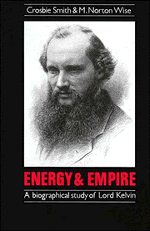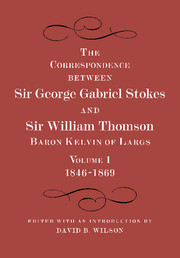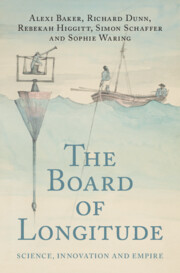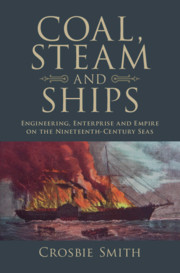Energy and Empire
This study of Lord Kelvin, the most famous mathematical physicist of 19th-century Britain, delivers on a speculation long entertained by historians of science that Victorian physics expressed in its very content the industrial society that produced it.
Product details
No date availableHardback
9780521261739
898 pages
236 × 159 × 66 mm
1.56kg
Table of Contents
- List of illustrations
- Preface
- Footnote abbreviations
- Part I. The Making of the Natural Philosopher:
- 1. From the ashes of revolution
- 2. Clydeside
- 3. A Cambridge undergraduate
- 4. The changing tradition of natural philosophy
- 5. Professor William Thomson
- Part II. The Transformation of Classical Physics:
- 6. The language of mathematical physics
- 7. The kinematics of field theory and the nature of electricity
- 8. The dynamics of field theory: work, ponderomotive force, and extremum conditions
- 9. Thermodynamics: the years of uncertainty
- 10. Thermodynamics: the years of resolution
- 11. T & T' of treatise on natural philosophy
- 12. The hydrodynamics of matter
- 13. Telegraph signals and light waves
- Thomson versus Maxwell
- Part III. The Economy of Nature: The Economy of Nature: The Great Storehouse of Creation:
- 14. The irreversible cosmos
- 15. The age of the sun controversies
- 16. The secular cooling of the earth
- 17. The age of the earth controversies
- 18. The habitation of earth
- Part IV. Energy, Economy, and Empire: The Relief of Man's Estate:
- 19. The telegraphic art
- 20. Measurement and marketing: the economics of electricity
- 21. Rule, Britannia: the art of navigation
- 22. The magnetic compass
- 23. Baron Kelvin of Largs
- Bibliography
- Index.








